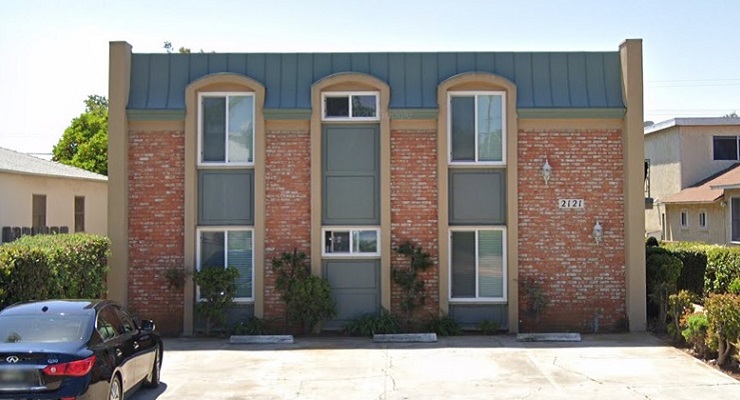
The 2023 real estate forecast is partly cloudy and partly sunny, according to most real estate experts. Will inflation continue to ease up? What about the Federal Reserve? Can they deliver a so-called “soft landing”?
Gas prices are down everywhere but in Southern California. Will the same hold true in housing?
We collected a few opinions from experts and the final result is a mixture of optimism and realism.
“The last few years [we’ve] ping-ponged between a really aggressive market and a cooling market,” Taylor Marr, deputy chief economist at Redfin, told Money magazine recently. “With more economic stability, that really could bring more overall balance to the market.”
Some trends have definitely solidified, however, according to Money.
Home sales will slide. In 2022, skyrocketing mortgage rates, rising monthly payments and loss of buying power brought the market to a near standstill.
Slow sales that began in the February 2022 market will continue into next year as buyers contend with comparatively high mortgage rates, low inventory and still high home prices, said the magazine in a recent report.
Mortgage rates are likely to pull back after a scary 20-year high of 7.08% in early November, as recent weeks have shown.
According to Money, that is likely to continue in 2023.
High mortgage rates and high home prices have made a home purchase much less affordable this year, as monthly payments increased by more than 50%.
According to Lawrence Yun, chief economist at the National Association of Realtors, the 30-year mortgage rate will end 2023 at about 5.5%.
Said Yun, during the Real Estate Forecast Summit, “I think the peak has already occurred and we are on a downward path.”
Home prices will likely level off as well, say experts. Danielle Hale, chief economist at Realtor.com, says low inventory will keep home prices from falling too far. She thinks prices will creep up higher during the first few months of the year before leveling off or dropping off after mid-year, ending the year up by 5.4% overall.
“Even though we’ve seen a pullback in demand, we’ve seen a very similar sized pullback in supply,” says Hale.
Hale also noted in her recent “Predictions and Forecasts” for Realtor.com, that, “In the second quarter of 2022, the value of owner-occupied household real estate was a record-high $41.2 trillion or an average $489,185 for each of the 84.2 million households who own their primary homes.
“Put another way,” she continued, “every 1% change in the price of homes is a swing of more than $400 billion dollars.
The past decade has seen record-high real estate wealth. And Hale posits that that is in large part due to the more than decade-long increase in the price of homes, which will likely see double-digit gains for a second year in 2022.
“The soaring prices (that) were propelled by all-time low mortgage rates which are a thing of the past,” added Hale. “As a result, home price growth is expected to continue slowing, dipping below its pre-pandemic average to 5.4% for 2023, as a whole.
And any increase in mortgage rates can only seriously impact the average home buyer.
“As higher mortgage rates cut into home buyer purchasing power,” Hale said, “the monthly cost of financing the typical for-sale home will average more than $2,430 in 2023. This would be a nearly 28% increase over the mortgage payment in 2022, and roughly double the typical payment for buyers in 2021.”
4. Inventory will remain tight
One of the biggest causes of skyrocketing home prices during the pandemic was a lack of housing supply. Next year will see an improvement, but inventory will remain below normal levels.
Currently, there is an equivalent of 3.3 months’ supply of existing homes available for sale, according to NAR. Inventory is expected to increase by nearly 23% in 2023. That’s primarily because homes won’t be selling as fast, rather than due to sellers bringing new listings to the market.
The pace of sales has slowed considerably from the days when most sellers made deals in a week or less. Olsen sees the average time on the market doubling from 11 days in 2022 to 22 days next year, which will allow the housing supply to build up.
Buyers and sellers could return as 2023 progresses, especially if mortgage rates move lower. As borrowing conditions ease, more buyers will come back to the market, which should lure sellers back as well, notes Marr, who is already seeing an uptick in inventory.
“I think that trend will continue as the market softens,” says Marr. “We’ll continue to see a build-up of inventory in the spring.”
5. There will be more variability between markets
“Hot” was the most common word used to describe the majority of real estate markets as recently as the first few months of 2022. That will no longer be the case going into 2023, as different metros will start to see differences in demand.
“For the last couple of years we could have talked about all housing markets across the country basically using the same language,” said Lisa Sturtevant, chief economist at listing site Bright MLS, speaking at the National Association of Realtors Real Estate Forecast Summit in December. “In 2023, though, there’s going to be a lot of variability in how these markets are adjusting.”







